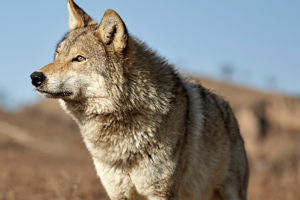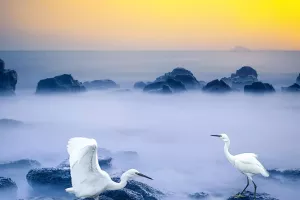Fascinated By Its Cuteness
Koalas are Australia's national treasures and precious primitive arboreal animals unique to Australia. Mainly found in low-altitude, low-density eucalyptus forests in Queensland, New South Wales, Victoria and South Australia.
Koalas are obese, with thick, messy fur and no tails. An adult koala is about 70 to 80 centimeters long and weighs about 10 kilograms.
The body is light gray to light yellow, with a brighter color around the abdomen, a bald, large, round nose, a round head, and fluffy ears. The claws on the forelimbs are very strong and are good at climbing.
The habits of koalas.
Residential behavior.
Koalas are solitary animals, with males occupying fixed nesting areas. The size of the nesting area correlates with the abundance of the habitat.
Life characteristics.
Koalas spend most of their time in trees and almost their entire lives in eucalyptus. It sleeps most of the day, forages less than 10% of the time, and spends most of the rest sitting still.
Food.
Koalas almost never go down to drink water, they feed on eucalyptus leaves, and can eat a lot of eucalyptus leaves every day, and they digest well.
Koala teeth are suitable for handling eucalyptus leaves. Using their molars, they chewed the leaves into a fine paste, which was then microbially fermented in the cecum.
An adult koala eats about 500 grams of fresh leaves a day. Although koalas have more than 600 species of eucalyptus to choose from, they only feed on about 30 of them.
Breeding method.
Koalas practice an extensive "polygamous" mating system. The gestation period is approximately 35 days, with only one pup per litter, and are delivered in the summer (November to March).
Activity.
Koalas are nocturnal animals. It usually sleeps during the day when the weather is hot and starts moving mostly at night. It only makes an exception when foraging for food during the day or having reasonably good shade.
Natural enemy.
There are mainly wild dogs, foxes and eagles. However, now humans are increasingly becoming the number one killer of koalas.
Why are koalas an endangered species?
The loss and fragmentation of koala habitat caused by human activities is the greatest threat to koala populations.
The urbanization of Australia's coastal areas and human activities such as inland bush reclamation have directly led to a sharp decline in koala populations.
Habitat destruction forces koalas to migrate in search of new habitats. In the process, koalas are easily hit by passing vehicles and attacked by domestic dogs.
Currently, more than 4,000 koalas die each year from under wheels and from attacks by domestic dogs.
On November 24, 2019, as bushfires continued to rage in southeastern Australia.
The chairman of the Australian Koala Foundation said the fires in the past two months had destroyed 80 per cent of koalas' natural habitat, and at least 1,000 koalas had died in the fires.


